hydroponics and houseplants
odyssey3
16 years ago
Related Stories

HOUSEPLANTS8 Essentials for Healthy Indoor Plants
Houseplants add so much to our homes — and can thrive when grown in the right conditions. Keep these tips in mind
Full Story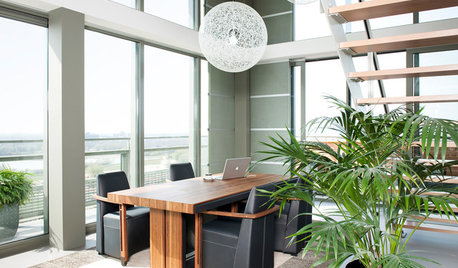
HOUSEPLANTSMeet a Palm That's Fine With Fluorescent Light
Get the look of the tropics without the full-on sun and high humidity — parlor palm tolerates regular indoor conditions with aplomb
Full Story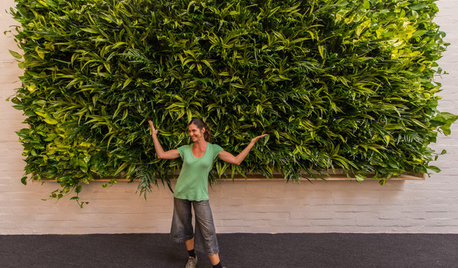
HOUSEPLANTSHow to Add a Living Wall
Learn how to choose systems and plants, and what it will cost to bring a bit of the outdoors in or green up a garden wall
Full Story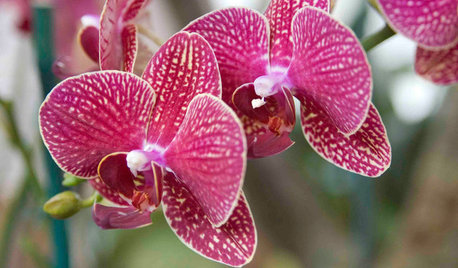
HOUSEPLANTSOrchids 101: How to Keep Your Moth Orchids Alive and Blooming
Growing Phalaenopsis — and getting it to flower again — is easier than you might think
Full Story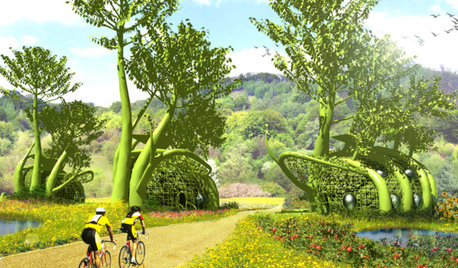
EVENTSOn Show: Weird, Wondrous Science Meets Design
Houses grown, not built. Power-generating soil. And snail poop that ... well, see for yourself in our coverage of a new Rotterdam exhibit
Full Story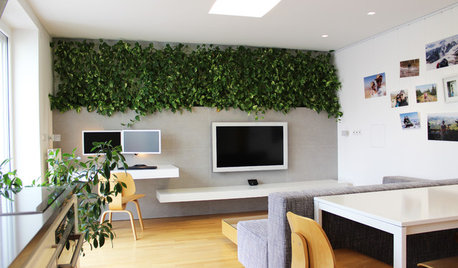
HOUZZ TOURSMy Houzz: LEDs and a Living Wall Color a Minimalist Slovakian Home
Thanks to a modern overhaul, this small Central European apartment is now a testament to efficiency and thoughtful design
Full Story
GREEN DECORATINGEasy Green: Big and Small Ways to Be More Water-Wise at Home
These 20 tips can help us all make the best use of a precious resource. How do you save water in summer?
Full Story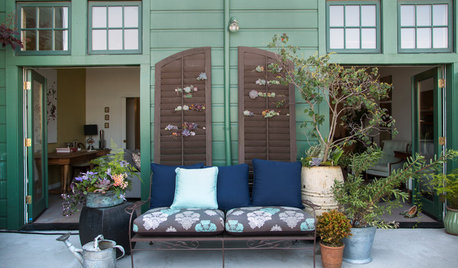
URBAN GARDENS9 Creative Ways With Plants, No Yard Required
See how designers and homeowners cleverly incorporate container gardens into their home designs
Full Story






greystoke
greystoke
Related Professionals
Maple Valley Landscape Architects & Landscape Designers · Ashburn Landscape Architects & Landscape Designers · Lowell Landscape Architects & Landscape Designers · Piqua Landscape Architects & Landscape Designers · Garden City Landscape Architects & Landscape Designers · Surprise Landscape Contractors · Athens Landscape Contractors · Berkeley Heights Landscape Contractors · Doctor Phillips Landscape Contractors · Ellensburg Landscape Contractors · Hollywood Landscape Contractors · Reedley Landscape Contractors · Soddy Daisy Landscape Contractors · Welby Landscape Contractors · West Haverstraw Landscape Contractorsodyssey3Original Author
greystoke
tclynx
greystoke
odyssey3Original Author
greystoke
greystoke
clibanarius
tclynx
greystoke
tclynx
greystoke
greystoke
tclynx
greystoke